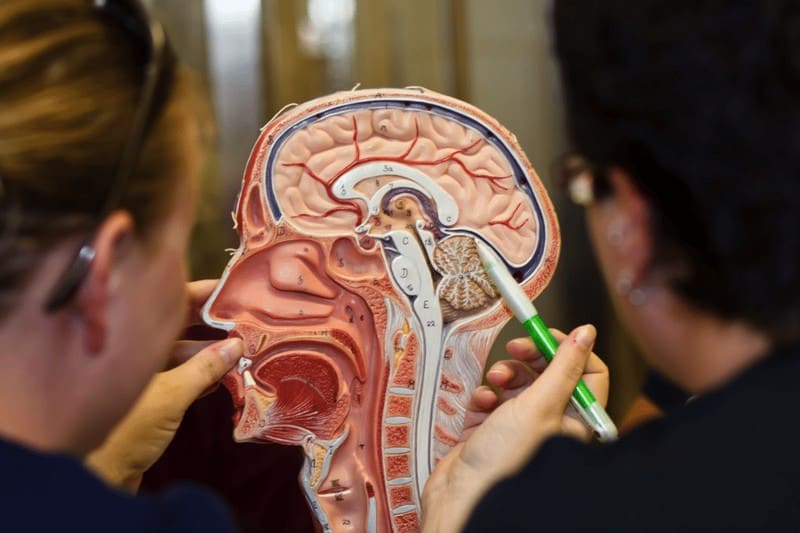Peripheral Neuropathy

Peripheral neuropathy, or tingling levels, can begin in the extremities and occasionally move radially inward toward the torso. It is a condition recognized as among the typical copper deficiency symptoms.
A 69-year-old patient was described in a case report published in Advances in Clinical Neuroscience & Rehabilitation as having neurological symptoms that had worsened over time. For example, the feeling of light touch and pinprick was reduced over the waist, the vibration was lost in the sternum, as well as proprioception, or the sense of one’s orientation, was significantly impaired. These symptoms also included lowered upper limb reflexes with aberrant lower limb reflexes.
Myelin, a material that covers nerves and aids in signal transmission throughout the nervous system, depends on copper for its growth and preservation (neurotransmission). Dopamine is also changed into the neurotransmitter norepinephrine by an enzyme that contains copper.
Many people who experience the neurological side effects of copper insufficiency report having symptoms that are highly comparable to or the same as the patient. The elderly are at risk from this tingling and numbness since it raises their chance of falling and getting hurt. If there is an incorrect diagnosis, peripheral neuropathy can become severely incapacitating, making some people dependent on wheelchairs or canes for walking.










